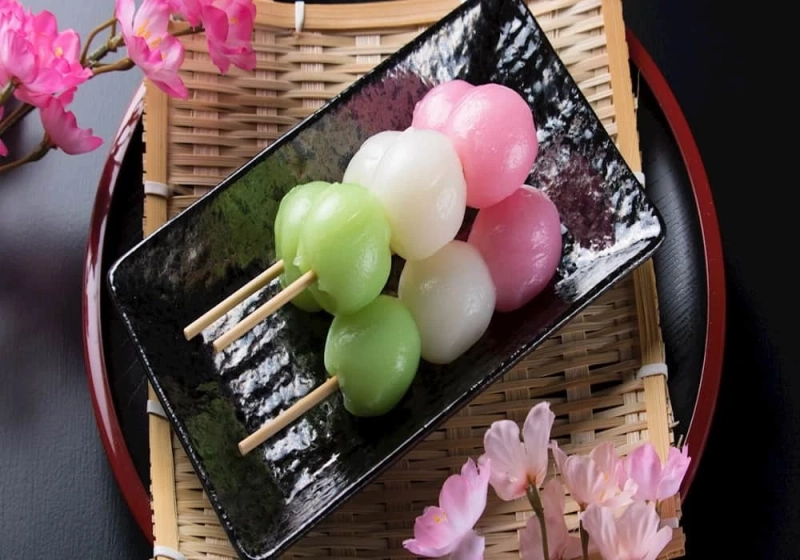Introduction to Hanami Dango
Ah, hanami dango! If you've ever stumbled across a colorful, skewered dessert in Japanese cuisine, you've met this beautiful treat. But what's the story behind these delectable little balls?
History of Hanami Dango
Originating from Japan, hanami dango has been enjoyed for centuries. Its history intertwines with the cultural essence of the Japanese – respect, love for nature, and, of course, sumptuous food. But how did it become a sensation?
Ingredients and Preparation
The prime ingredients include rice flour and sugar, giving it a subtle sweetness. Its pastel colors are often naturally derived, representing different seasonal elements. Intriguing, right?
The Unique Taste Profile
Ever bit into a cloud? That's what hanami dango is reminiscent of, but there's more to its flavor than just sweetness.
Texture of Hanami Dango
Soft, chewy, and slightly sticky – a delightful dance of textures on your palate. The dango itself is mochi-like, an experience that's nothing short of magical.
Flavor Components
Mildly sweet with a hint of the natural flavors from its coloring agents (like sakura or green tea), it’s not an overpowering treat. The beauty lies in its subtleness.
Comparisons with Similar Treats
Think of the tenderness of marshmallows but with a more substantial, fulfilling bite. Now, imagine it with a touch of earthiness or floral notes. Close to mochi or gummy candies, yet distinctly unique.
Cultural Significance
Behind every bite of hanami dango is a rich tapestry of cultural narratives.
Hanami – The Flower Viewing
The word 'Hanami' directly translates to "flower viewing." This tradition of picnicking under cherry blossom trees during spring is where hanami dango plays a sweet role.
Hanami Dango's Role in Celebrations
Skewered in threes, the colors represent the transition from winter to spring. Eating this treat while gazing at blossoming trees? Truly poetic!
Making Hanami Dango at Home
Want to recreate this experience? Here's a glimpse into the world of dango-making.
To learn whole recipe visit our website : Hanami Dango: Sweet Japanese Rice Dumplings
Basic Recipe
Mix rice flour, sugar, and water to form a dough. Color, shape, boil, and skewer. It sounds simple, but the result is profound!
Tips for Best Results
Always use high-quality rice flour and ensure your dough isn't too dry. And patience, my friend, is the key.
Conclusion
Hanami dango is more than a treat – it's a journey through the seasons, an embrace of nature, and a celebration of life’s fleeting beauty. Its taste? A harmonious blend of tradition, love, and nature.
FAQs
Is hanami dango vegan?Typically, yes! Its primary ingredients are plant-based.Can I store hanami dango for later?It's best enjoyed fresh, but refrigeration can extend its life by a few days.Why are there three balls on a skewer?Each ball often represents a phase of spring, from early to peak to the end.Can I use artificial colors?Traditional recipes use natural colors, but modern takes might incorporate food coloring.Is it similar to mochi ice cream?While both have mochi textures, dango is not filled with ice cream.

